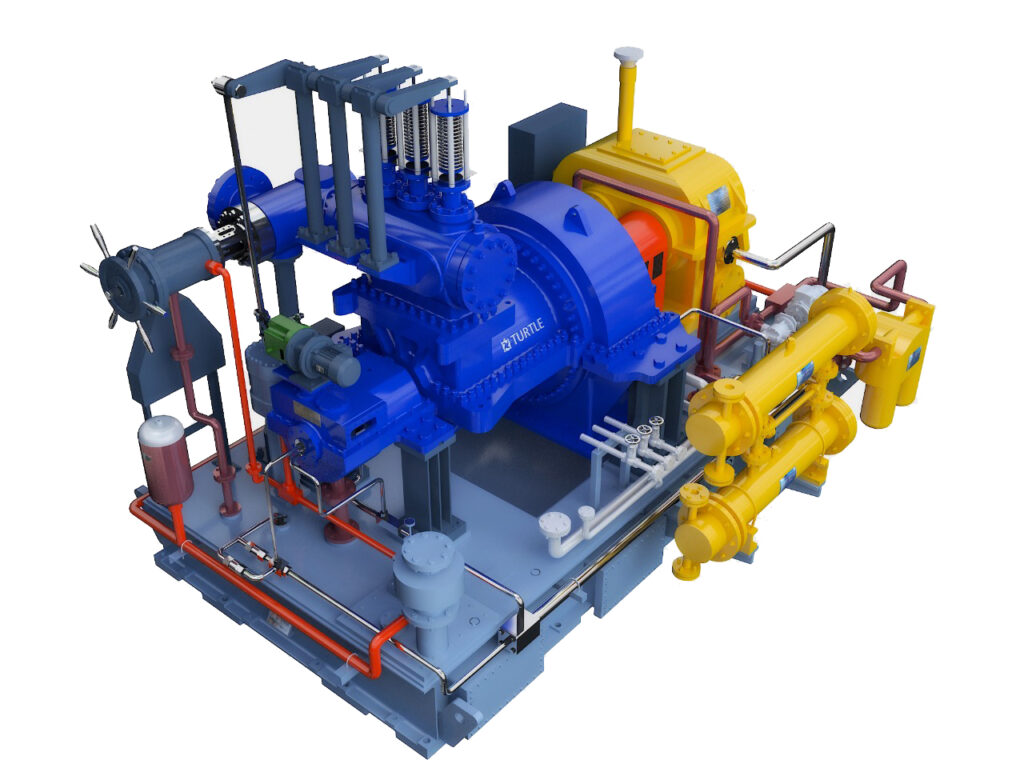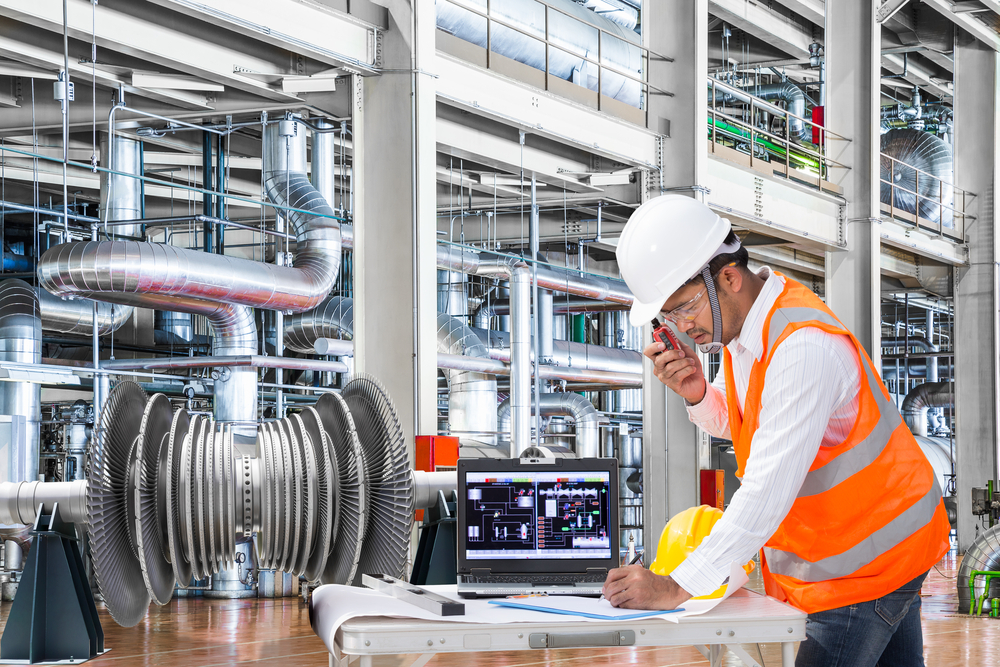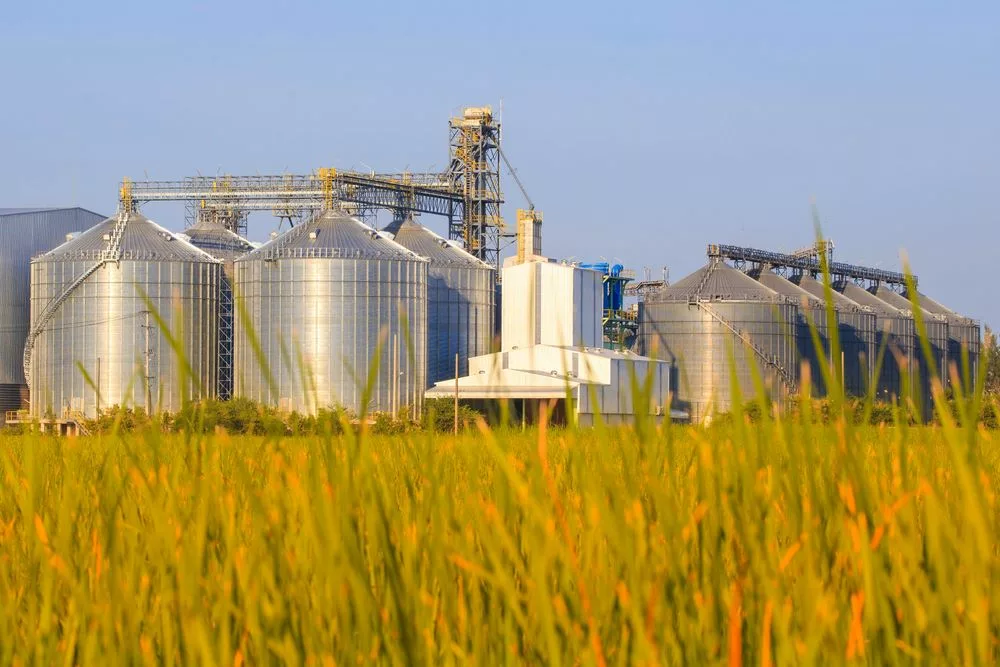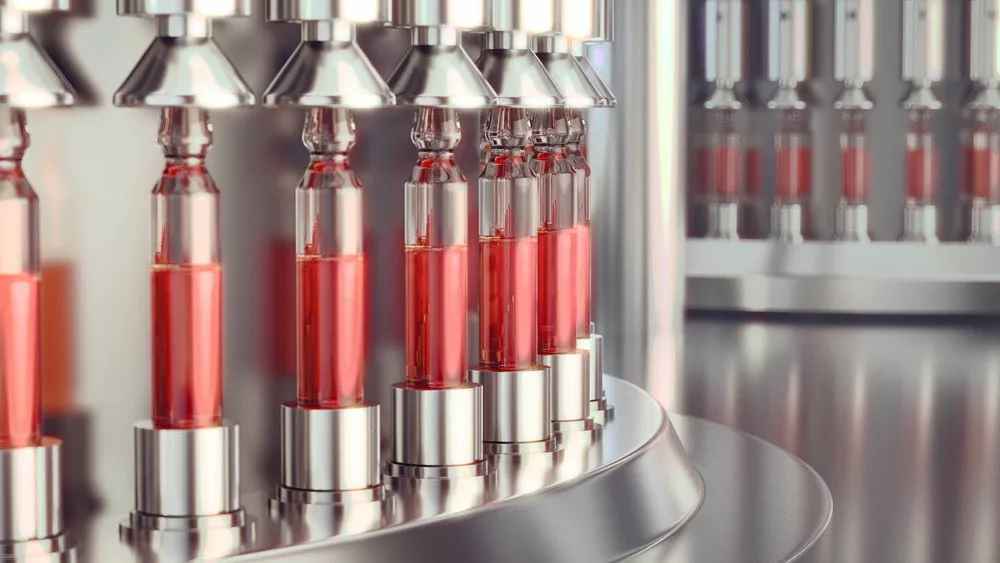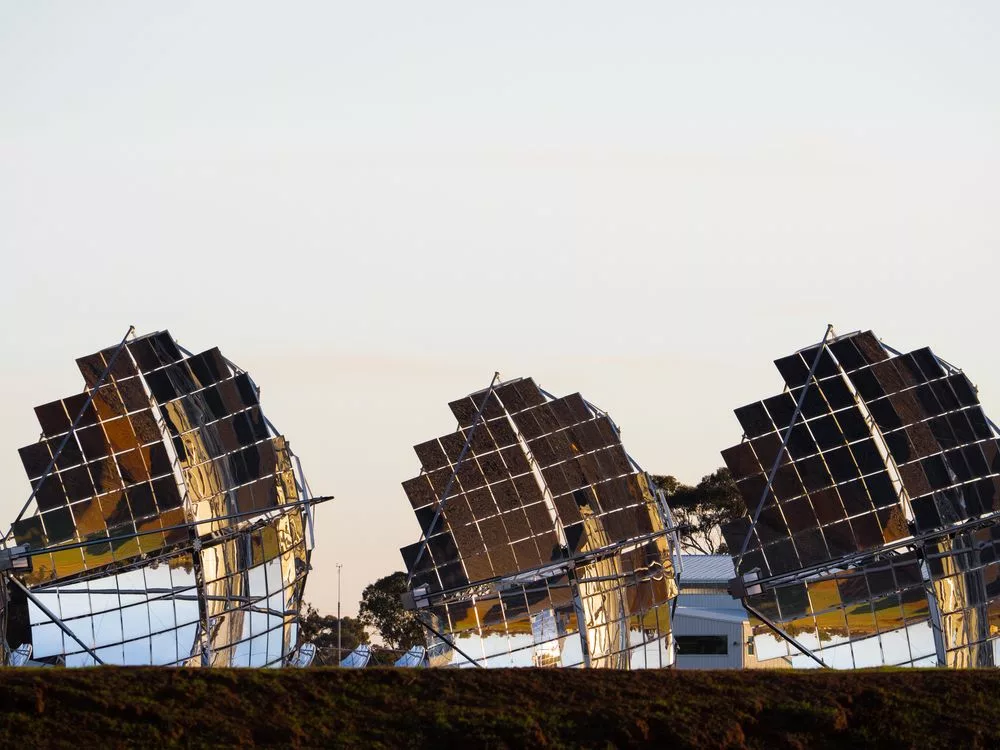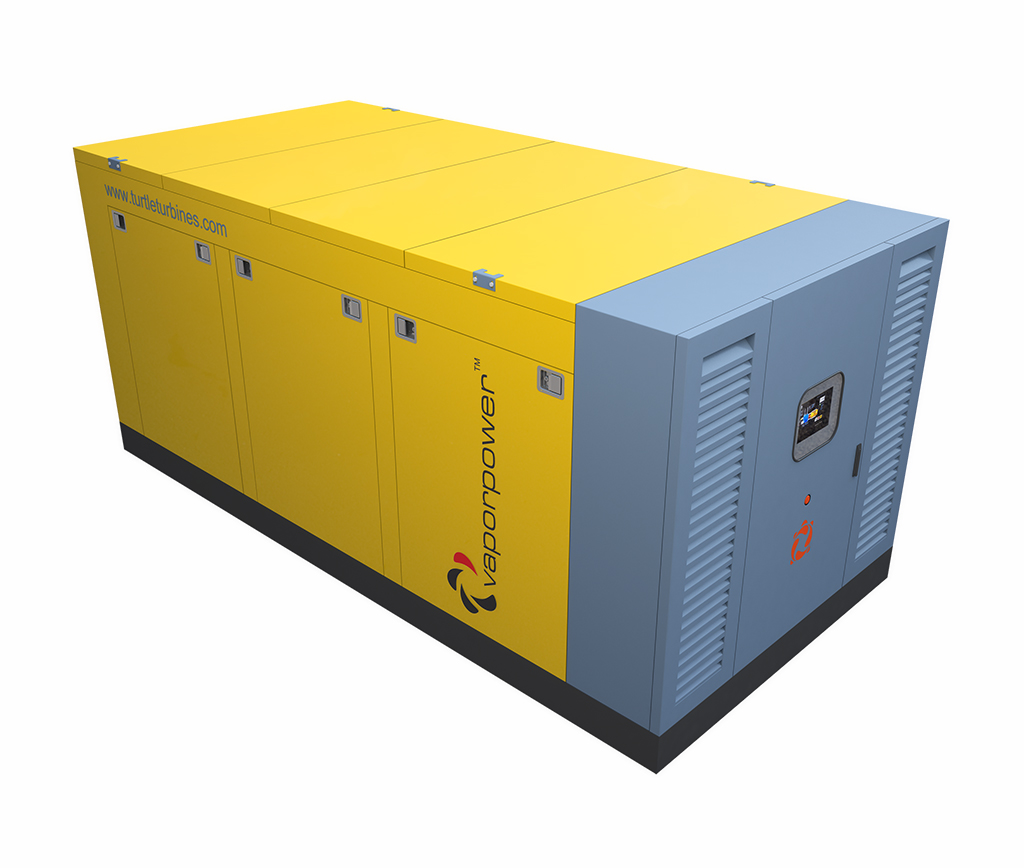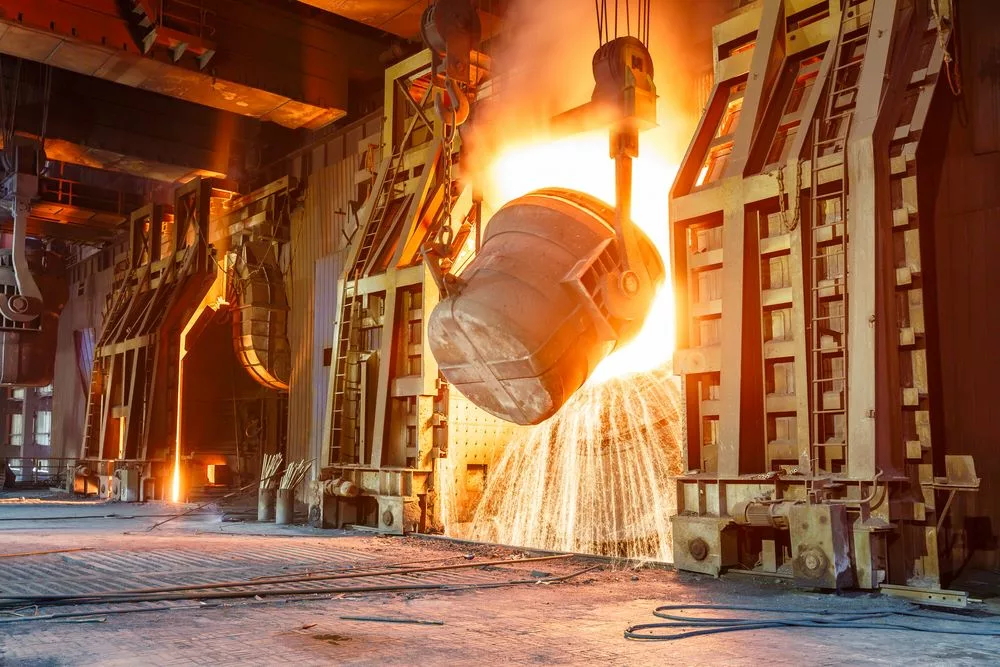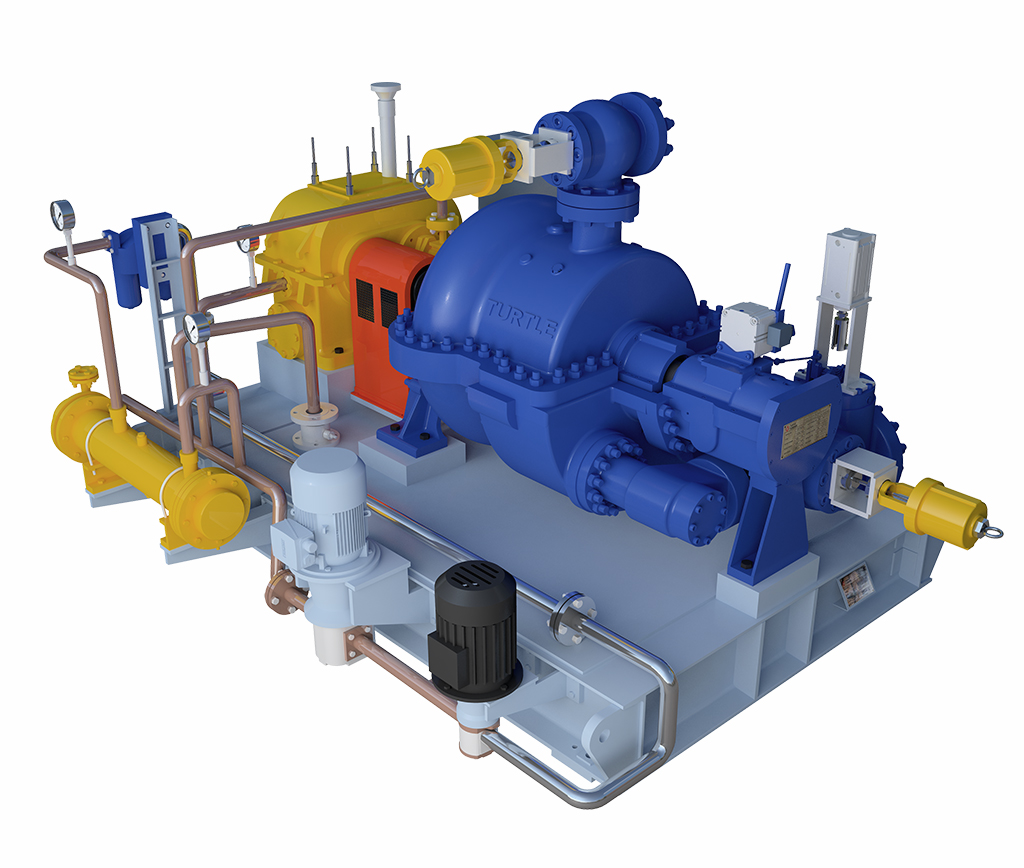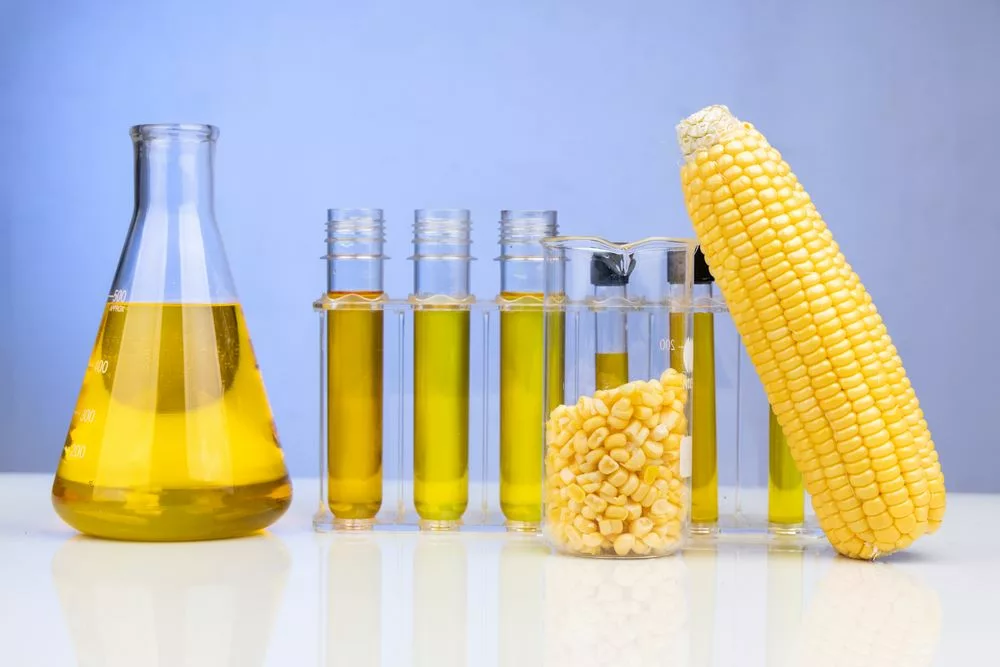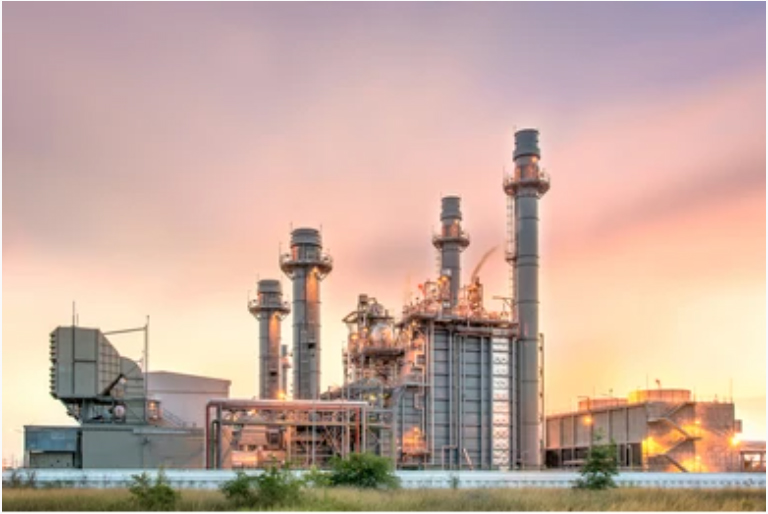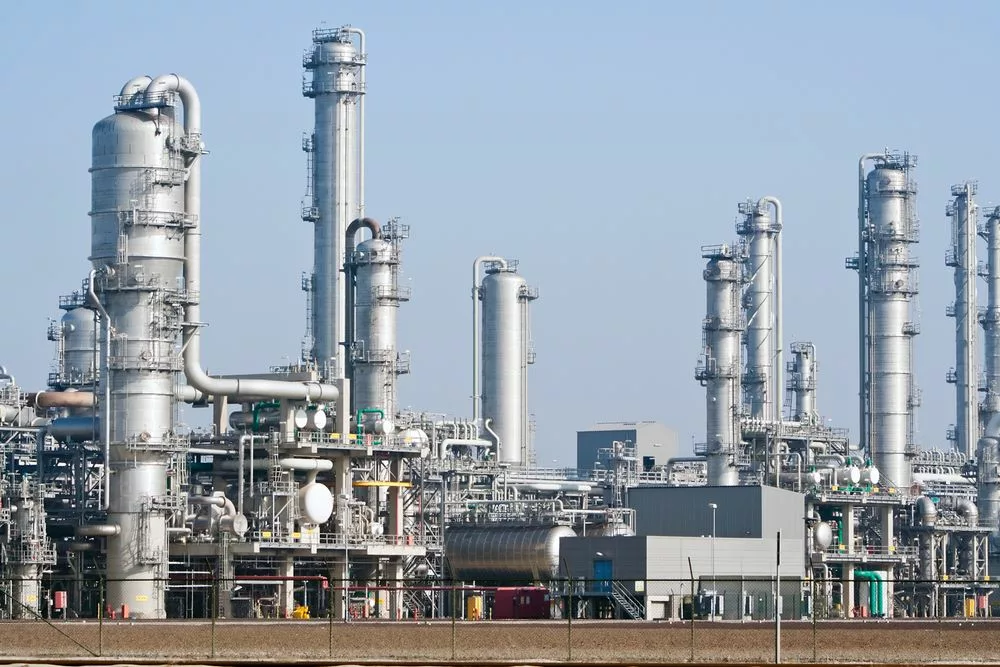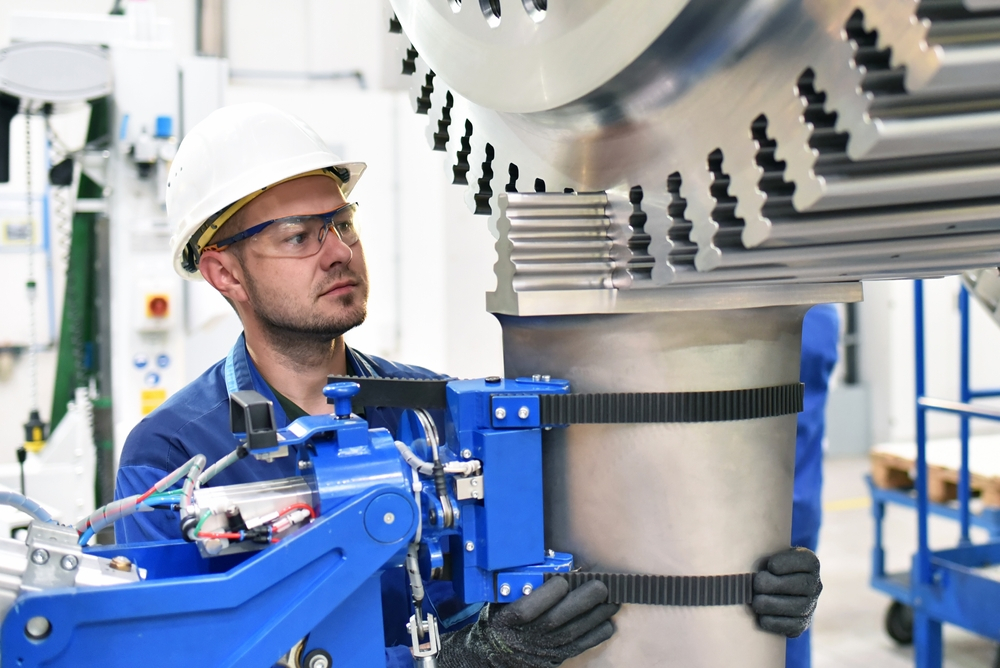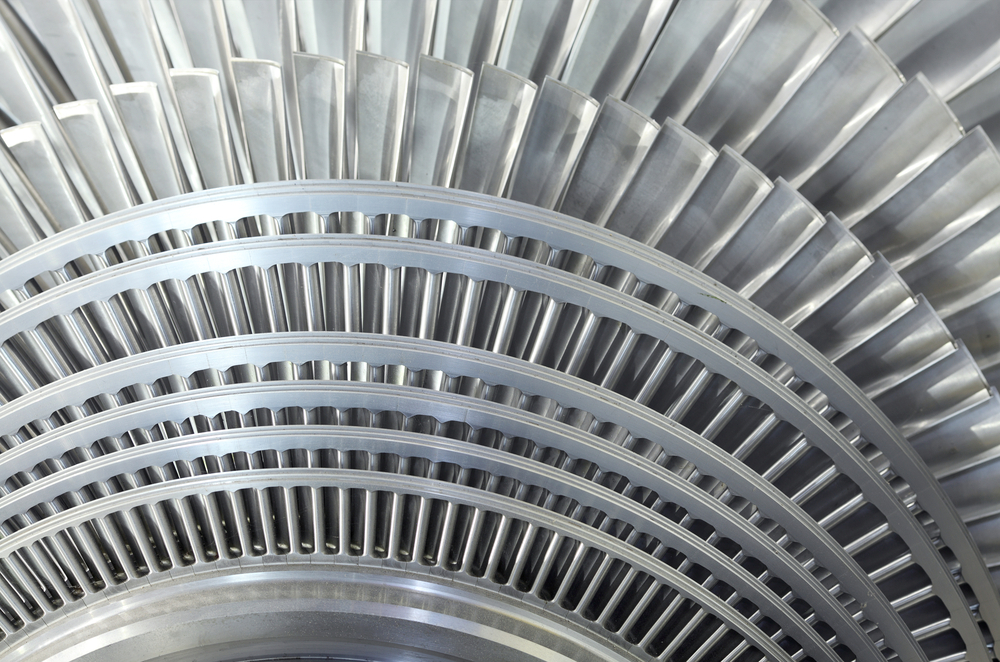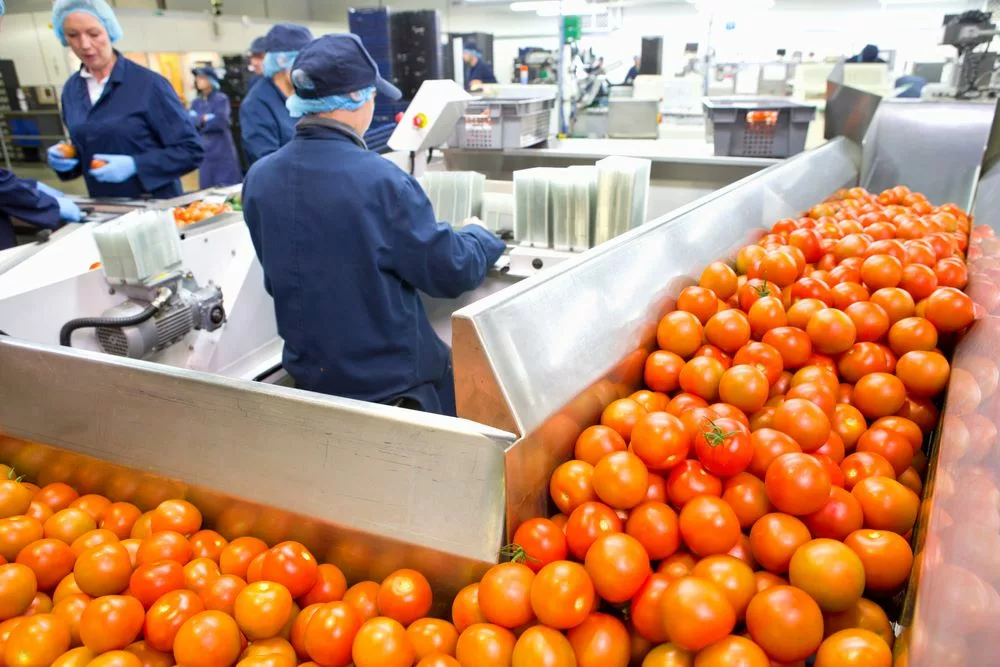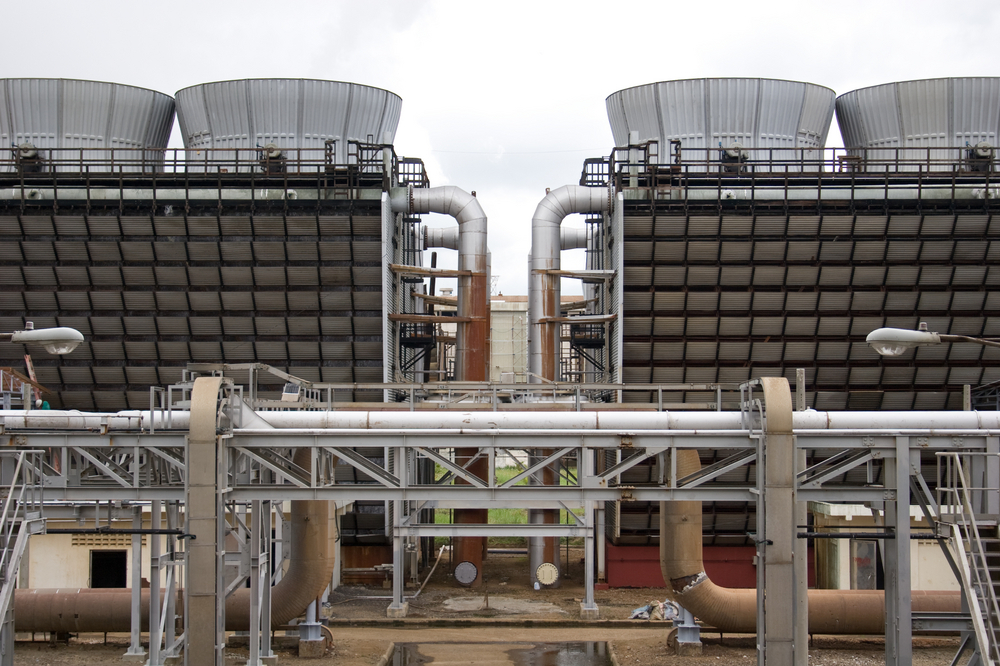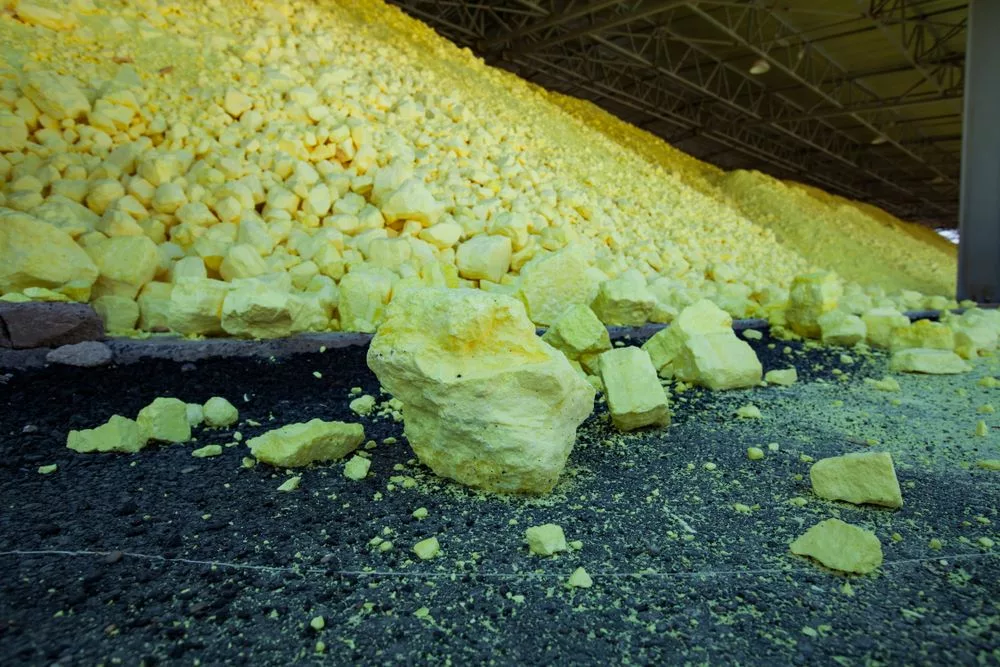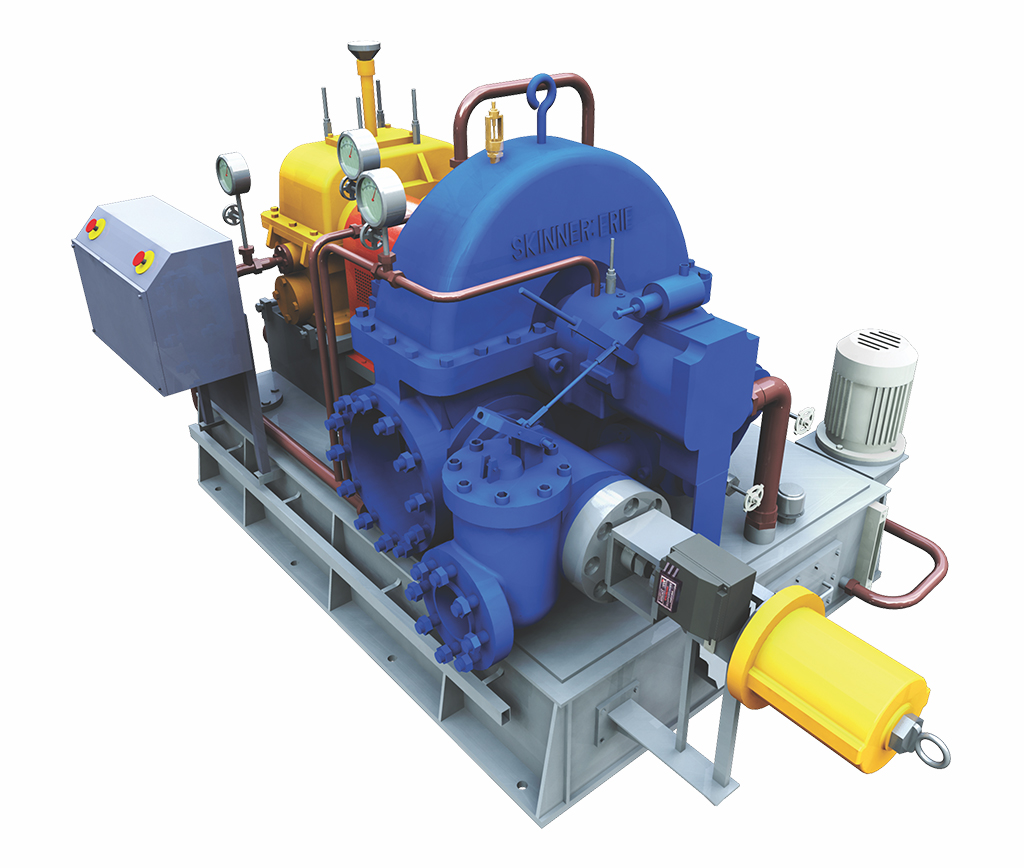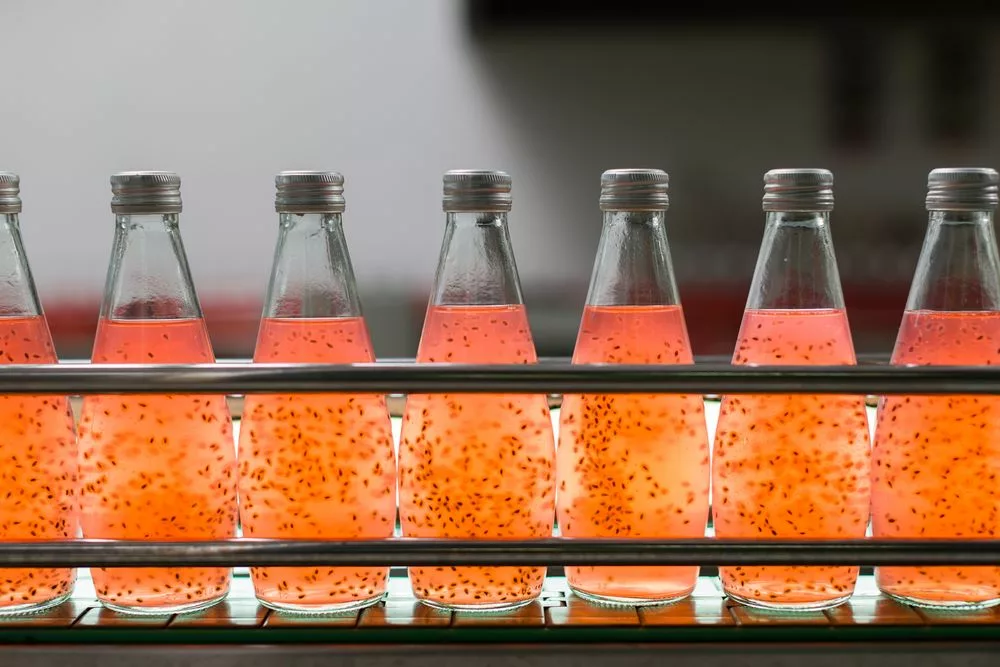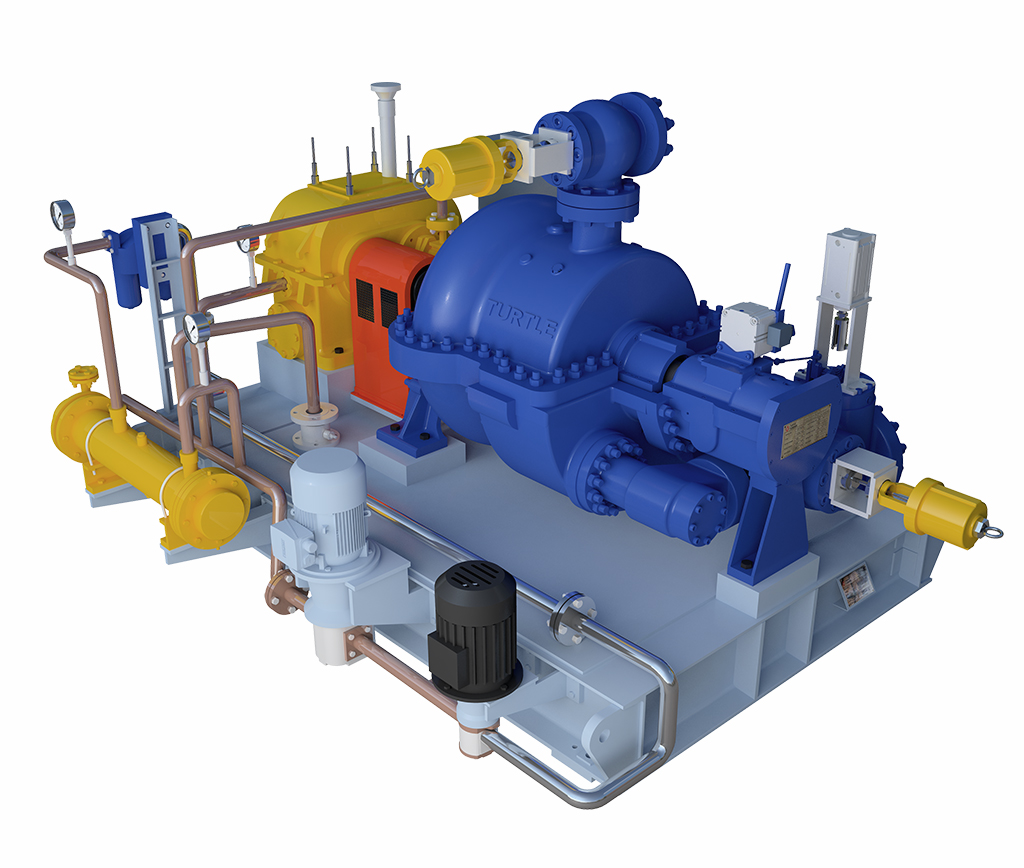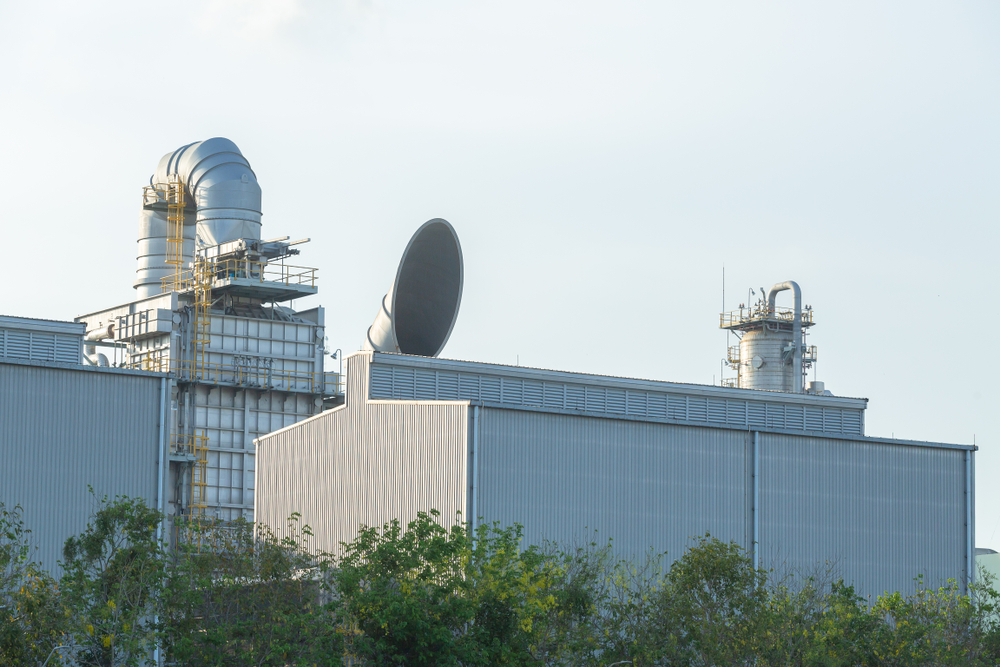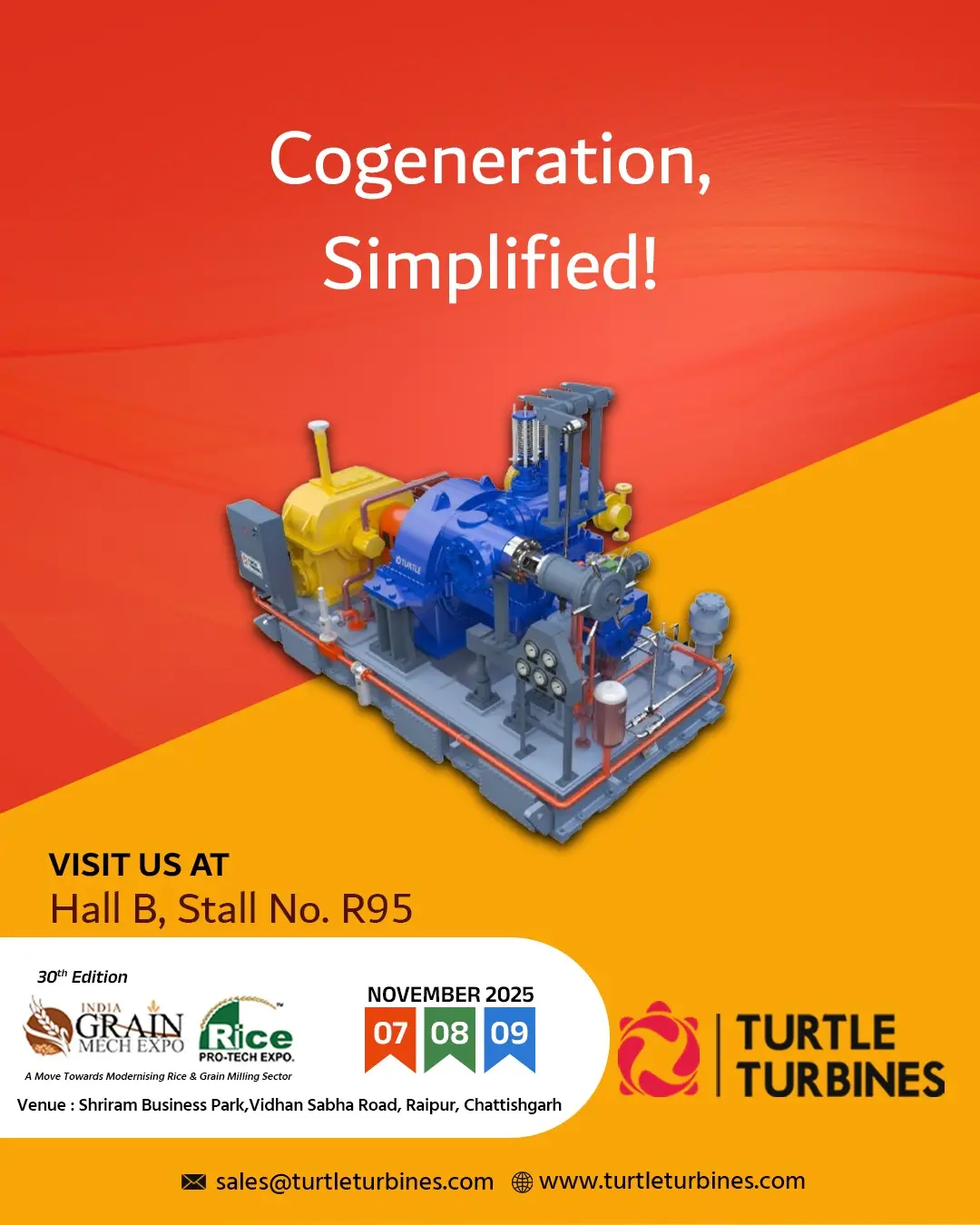Back Pressure Turbine :
A Back Pressure Steam Turbine is utilized in industrial applications which require low or medium pressure steam for process heating. When high-pressure steam enters a back-pressure steam turbine, some of its thermal energy is turned into mechanical energy when the steam expands.
The mechanical energy is utilized to power an electric generator or mechanical equipment like pumps, fans, and compressors, among other things. The needed pressure outlet steam leaves the back pressure steam turbine, and the steam flows to the plant for process steam applications such as heating or drying.
Condensing Steam Turbines :
The steam expands below atmospheric pressure within a condensing turbine and then “condenses” while heating the cooling water in a condenser. The power plant is an ideal application for Condensing Turbines. The primary goal is to generate electricity using steam.
The pressure of steam after it exits the outlet of the condensing turbine is usually under a vacuum. The Condensate is returned to the Boiler for generation of steam. Thus the cycle continues. Condensing Turbines are used in industries with Waste Heat Recovery Boilers or the factory intends to generate its own power for various reasons.
